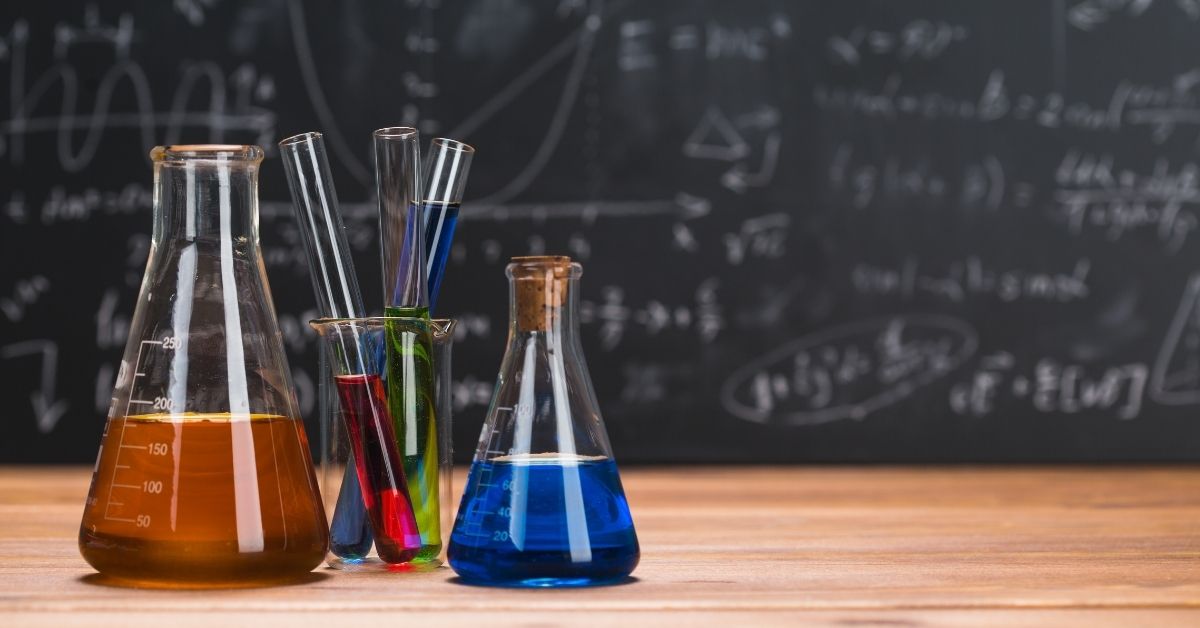Science is an excellent opportunity for students to engage in hands-on learning through fun and exciting experiments. But while it’s a great space for students to collaborate and learn, they will most likely handle dangerous chemicals and equipment simultaneously. Therefore, it’s imperative always to keep safety in mind, regardless of which experiments students conduct.
To help support a culture of safety in your science classroom, we’ve rounded up some recommended lab safety equipment and tools to consider.
1. Safety Stations
Accidental exposure to chemicals can happen – especially in the lab. That’s why students need easy access to lab safety equipment like safety showers and eyewash stations for decontamination. At Diversified Spaces, we have an all-in-one Protocol Safety Station with a built-in shower and eyewash station. It also features storage for other safety equipment like fire blankets, spill kits, first aid kits and fire extinguishers.
2. First Aid Kits
Students should have access to several first aid kits throughout the lab in an emergency. These kits should include bandages, scissors, tweezers, hand sanitizer, antibiotic ointment and more! Teachers should also remember to keep the kits stocked throughout the school year. While you can keep a first aid kit in our Protocol Safety Station, as mentioned previously, we also have our Protocol First Aid Hanging Cabinets to stock additional supplies. After all, it’s better to have too many first-aid kits than not enough!
3. Chemical Fume Hoods
If students are experimenting with chemicals, it’s crucial to have a chemical fume hood. Fume hoods protect students from inhaling dangerous chemicals by drawing in vapors, gases and dust before ventilating them out of the lab. Our Protocol Fume Hood Cabinet takes safety to the next level with Smart-light communication – a soft band of light that lets you know the unit is operating safely.
4. Safety Goggles
Safety goggles are probably one of the most critical pieces of lab safety equipment! Why? They protect one of the most sensitive parts of a student – their eyes – from hazardous chemicals and materials. If you haven’t decided what type of safety goggles to purchase, consider our Flexible Goggles. Our goggles feature indirect vents that protect against liquids, dust and smoke while permitting indirect ventilation. The UV-absorbing polycarbonate lenses are also antifog!
5. Fire Extinguishers
There’s always a risk of fire when dealing with hazardous chemicals. That’s why your lab should be stocked with fire extinguishers … and the correct ones too! After all, if the right extinguisher isn’t used, it may fail to put out the fire or make it worse. Discover which type of fire extinguisher your science lab needs.
6. Fire Blankets
While nobody ever intends for their clothes to catch on fire, there’s always a chance it may happen. If this incident occurs, make sure several blankets are on hand. Students and teachers can use these blankets to either smother fires or wrap around a student whose clothes have caught fire.
7. Lab Coats
Lab coats will make students feel like young scientists, but they will also help prevent dangerous liquids and chemicals from contacting their skin. Even though lab coats are designed to prevent chemicals from soaking through, they should be immediately removed if a spill occurs. As an extra safety tip, lab coats should also be buttoned closed!
8. Sand Buckets
This one might surprise you, but a good old-fashioned bucket of sand can be a lifesaver. Sand is super effective for putting out small fires, especially ones caused by flammables where water or a regular extinguisher could actually make things worse.
We even include one in our First Aid Hanging Cabinet for quick access. Just make sure it’s clearly labeled and easy to grab in an emergency.
9. Chemical Storage Cabinets
Although handling hazardous chemicals should be done with care, they must also be stored correctly when not in use. There are many great safety benefits to keeping chemical storage cabinets in the lab. They help prevent chemical leaks from damaging property or causing injury, keep chemicals organized and in the correct place, and prevent unauthorized access.
Different chemicals require different types of storage. Flammables, acids and corrosives each have specific safety requirements to reduce risk and meet code compliance.
At Diversified Spaces, we have a variety of different chemical storage cabinets depending on the needs and chemicals.
Not sure what to choose for flammables? Here are 4 things to know before buying flammable cabinet storage.
Of course, having the right lab safety equipment is only part of the equation. Students also need to make safety a habit. Set clear lab safety rules and expectations to help them understand that safety always comes first.
Contact us today to learn more about outfitting your lab with the right safety solutions.

